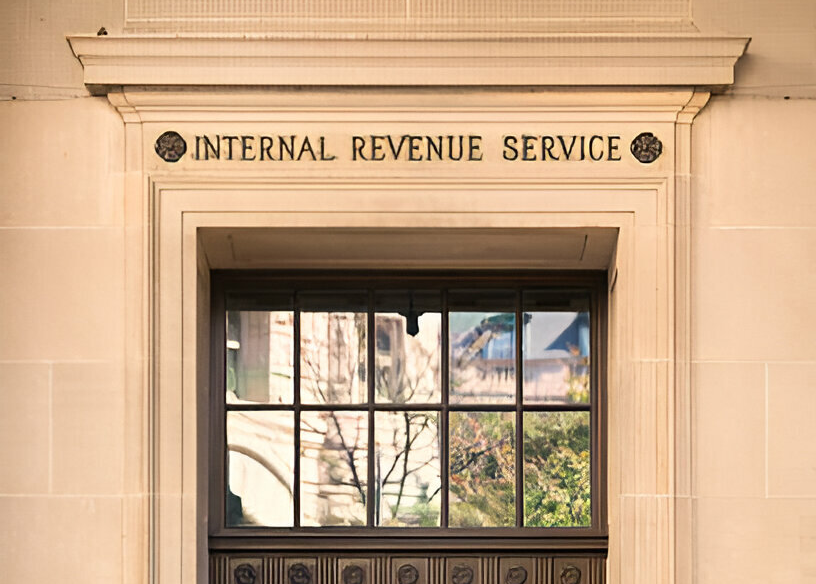At some point in your tax practice, you’ll no doubt have clients who need representation before the IRS, or you may want to expand your practice to include this service. Here’s what you need to know with regard to IRS representation and power of attorney.
The following acts can be performed by attorneys, certified public accountants (CPAs) and enrolled agents (EAs):
- Represent a taxpayer before any office of the IRS.
- Sign an offer or a waiver of restriction on assessment or collection of a tax deficiency, or a waiver of notice of disallowance of claim for credit or refund.
- Sign a consent to extend the statutory time period for assessment or collection of a tax.
- Sign a closing agreement.
An unenrolled return preparer is an individual other than an attorney, CPE or EA who prepares and signs a return as a paid preparer. Unenrolled return preparers may only represent taxpayers before revenue agents, customer service representatives and the Taxpayer Advocate Service during an examination of the taxable period covered by the return they prepared and signed. For returns prepared and signed after Dec. 31, 2015, an unenrolled preparer must also possess a valid Annual Filing Season Program Record of Completion for the calendar year the return was prepared and signed, and for the year the representation occurs. Taxpayers may authorize an unenrolled preparer to inspect and request tax information by filing Form 8821 (see below).
Signing a Tax Return
A power of attorney does not grant the representative the authority to sign a tax return unless the signature is permitted under the tax code and regulations, and the client specifically authorizes providing the signature in the power of attorney.
Representatives are allowed to sign the return if the taxpayer is not able to due to the following circumstances:
- Disease or injury.
- Continuous absence from the United States, including Puerto Rico, for a period of at least 60 days before the date required to file the return.
- Other good cause if specific permission is requested and granted by the IRS.
Note that Form 2848, Power of Attorney and Declaration of Representative, authorizing the signature, must accompany the tax return.
Form 2848 and Other Related Forms
Form 2848, Power of Attorney: A power of attorney is given when the taxpayer authorizes someone in writing to receive their confidential tax information from the IRS and perform certain actions on their behalf in front of the IRS. Some examples include representing the taxpayer at a meeting with the IRS, and preparing and filing a written response to an IRS inquiry. If the authorization is unlimited, the representative can generally perform all acts a taxpayer would perform, except negotiating a check. The authorized individual must be eligible to practice before the IRS.
A power of attorney is not required when the third party is not dealing with the IRS as the taxpayer’s representative, such as the following:
- Providing information to the IRS.
- Authorizing the disclosure of tax return information using Form 8821, Tax Information Authorization, or other written or oral disclosure consent.
- Allowing the IRS to discuss return information with a third party via the checkbox provided on a tax return or other document.
- Allowing a tax matters partner to perform acts for the partnership.
- Allowing the IRS to discuss return information with a fiduciary.
Form 8821, Tax Information Authorization: Use this form to authorize an individual or organization to request and inspect the taxpayer’s confidential tax return information when the taxpayer does not want to authorize an individual to represent them before the IRS.
Form 4506-T, Request for Transcript of Tax Return: Use this form to authorize an individual or organization to request and inspect transcripts of the taxpayer’s confidential return information when the taxpayer does not want to authorize an individual to represent them before the IRS. This form is typically used by third parties to verify tax compliance.
Form 56, Notice Concerning Fiduciary Relationship: This form is used to notify the IRS of the existence of a fiduciary relationship (trustee, executor, administrator, receiver or guardian). The fiduciary stands in the position of the taxpayer or entity, and does not act as a representative.
Disclosure of Return to a Third Party
A representative is not allowed to consent to the IRS disclosing the tax return or related information to a third party unless this authority is specifically provided for on line 5 of Form 2848.
Incapacity or Incompetency
A power of attorney is generally terminated once the taxpayer becomes incapacitated or incompetent. However, the power of attorney may continue if there is authorization on line 5 of Form 2848 and the non-IRS durable power of attorney meets IRS requirements.
Retention and Revocation of Prior Power of Attorney
A newly filed power of attorney will revoke a previously filed power of attorney if it involves the same matter. A new power of attorney will not revoke a prior power of attorney if it is stated so and either of the following documents are attached to the new power of attorney: a copy of the unrevoked prior power of attorney, or a statement signed by the taxpayer listing the name and address of each representative authorized under the prior power of attorney.
Revocation of Power of Attorney by Taxpayer
To revoke a previously executed power of attorney without naming a new representative, the taxpayer must write “REVOKE” across the top of the first page of the Form 2848, along with a current signature and date immediately below the annotation. A copy of the revoked power of attorney is then mailed or faxed to the IRS.
Withdrawal by Representative
For the representative to withdraw, they must write “WITHDRAW” across the top of the first page of the Form 2848 with a current signature and date below the annotation, and provide a copy of the withdrawn power of attorney to the IRS.
Substitute to Form 2848
Form 2848 is used to appoint a recognized representative to act on the taxpayer’s behalf in front of the IRS. Representatives are listed and must complete Part 2 of the form. The IRS will accept a non-IRS power of attorney, but Form 2848 must be completed and attached as well.
A taxpayer can use a substitute document, other than Form 2848, to authorize a representative, but it must contain the following information:
- Name and mailing address.
- Social security number and/or employer identification number.
- Employer plan number (if applicable).
- Name and mailing address of representative.
- Types of tax involved.
- Federal tax form number.
- Year(s) or period(s) involved.
- Decedent’s date of death (for estates).
- Expression of intention concerning the scope of authority granted to representative.
- Signature and date.
The taxpayer also must attach to the non-IRS power of attorney a signed and dated statement made by the representative (Declaration of Representative, Part II of Form 2848). The statement should read:
- I am not currently under suspension or disbarment from practice before the Internal Revenue Service or other practice of my profession by any other authority.
- I am subject to regulations contained in Circular 230 (31 C.F.R., Subtitle A, Part 10) as amended, governing practice before the Internal Revenue Service.
- I am authorized to represent the taxpayer(s) identified in the power of attorney.
- I am a (naming the capacity in which representation is undertaken, as set forth in the list of eligible representatives at Part II of Form 2848).
The IRS has a centralized computer database (CAF) system that contains information about the authority of taxpayer representatives. The process enables IRS personnel to verify the authority of the taxpayer’s representative and the IRS to automatically send copies of notices and other IRS communications to their representative. A non-IRS power of attorney can be entered in the CAF system by attaching it to a completed Form 2848.
Resources
- IRS Publication 547 (excerpts included above).
- Circular 230, Regulations Governing the Practice of Attorneys, Certified Public Accountants, Enrolled Agents, Enrolled Actuaries, and Appraisers before the Internal Revenue Service.
————-
Editor’s note: This is the second in a new series by Mike D’Avolio focusing on ethics for tax practitioners. Read his first article “Practicing Before the IRS: What You Need to Know.”
Thanks for reading CPA Practice Advisor!
Subscribe Already registered? Log In
Need more information? Read the FAQs



